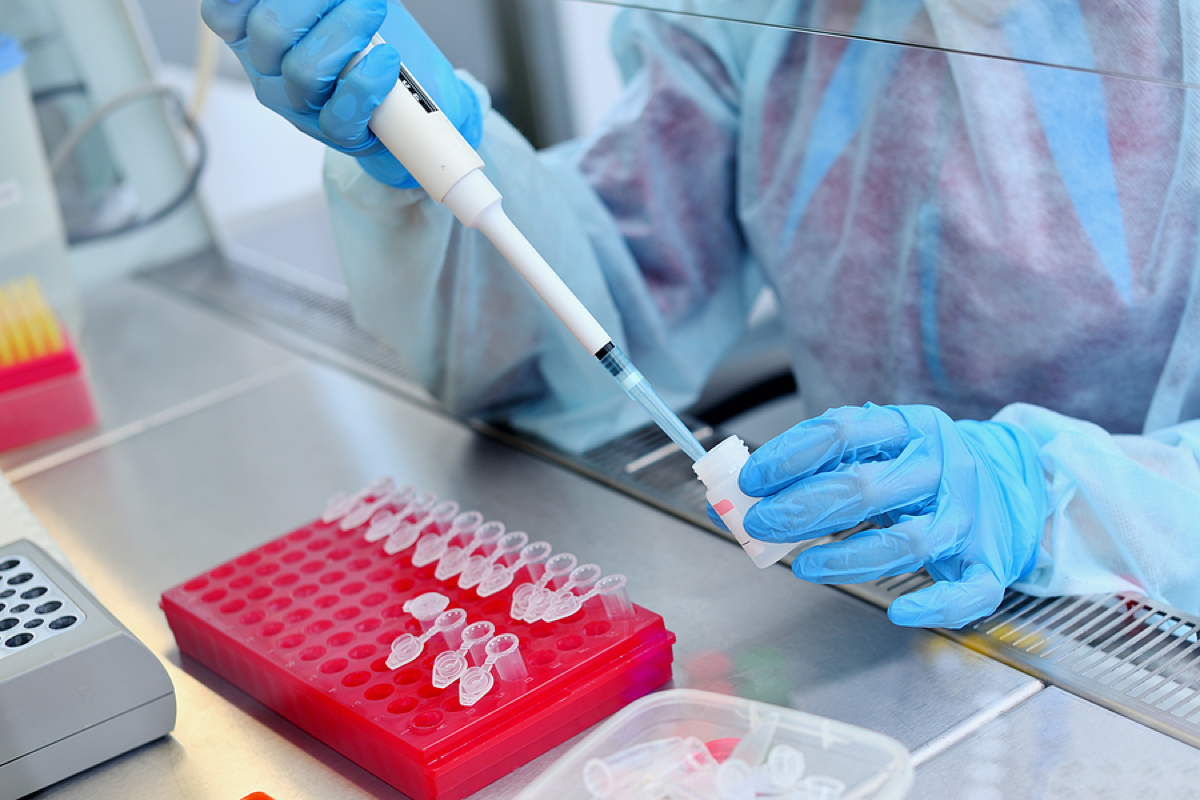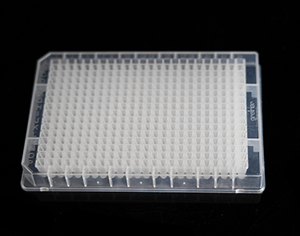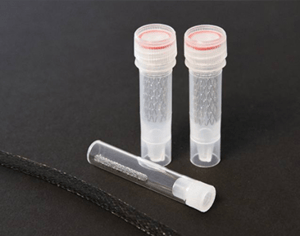Plasma Treatment Articles
Plasma Cleaning
|
2 min read

Cleaning DNA (deoxyribonucleic acid) and RNA (ribonucleic acid) from medical devices is very important. Medical devices need to be clear of all organic contaminants to perform correctly and not cross-contaminate the generated data results. Plasma cleaning can volatilize organic substances where it converts the organic material into CO and HO.
 Choosing the right process gas for a plasma treatment to remove DNA and RNA is very important. Oxygen is usually the correct choice to volatilize the organic substances. When the oxygen plasma reacts with the organic substance, it will convert it into CO and HO and be removed through the vacuum system. It is always imperative for the tooling to be ultra-clean when performing any tests involving DNA or RNA.
Choosing the right process gas for a plasma treatment to remove DNA and RNA is very important. Oxygen is usually the correct choice to volatilize the organic substances. When the oxygen plasma reacts with the organic substance, it will convert it into CO and HO and be removed through the vacuum system. It is always imperative for the tooling to be ultra-clean when performing any tests involving DNA or RNA.
Many manufacturers and researchers think that their devices or products have been cleaned sufficiently. Often, they are not aware that there are contaminants on a microscopic scale on the device. Plasma cleaning can alleviate these issues by producing an ultra-clean surface free from any residual DNA or RNA. Small cracks and crevices can be easily cleaned using plasma treatment.
Plasma processing has the advantage of not having any drag out as an aqueous cleaning process would have. Drag out is when cleaning one part in an aqueous bath; it leaves its contaminants behind in the fluid. These leftover contaminants can be spread to the next cleaned material and all other products cleaned afterward. Plasma treatments do not have this issue as impurities are expelled through a vacuum system.
When performing tests that involve DNA or RNA, it is imperative to have ultra-clean devices or tooling and don't have any residual DNA or RNA contamination. It is important because if all of the residual contamination is not removed, the tests or experiments can be affected and inaccurate. Plasma cleaning these devices or tooling can ensure that the devices are ultra-clean.
When materials need to be ultra-clean, it is crucial to choose a vacuum chamber that will support that need. Glass chambers are an excellent choice for plasma cleaning important devices and tooling. Glass chambers such as borosilicate and quartz would be the best option to remove any contaminants. In opposition to metal chambers, glass chambers do not sputter metal onto the surface of the materials that are being cleaned. The difference between metal and glass chambers makes glass chambers the optimal choice for cleaning devices or tooling in many industries.
 Choosing a plasma treatment to clean DNA and RNA from medical devices is a wise choice. Pairing that with a dry pump to be used with the plasma system would be another smart choice. Dry vacuum pumps are used to eliminate contamination from backstreaming. Backstreaming happens when a vacuum pump that uses mineral oils for lubrication has that oil back up into the vacuum chamber. Backstreaming is rare but can occur when using a vacuum pump that uses oil. Dry vacuum pumps do not have this issue and are very reliable for long term manufacturing use.
Choosing a plasma treatment to clean DNA and RNA from medical devices is a wise choice. Pairing that with a dry pump to be used with the plasma system would be another smart choice. Dry vacuum pumps are used to eliminate contamination from backstreaming. Backstreaming happens when a vacuum pump that uses mineral oils for lubrication has that oil back up into the vacuum chamber. Backstreaming is rare but can occur when using a vacuum pump that uses oil. Dry vacuum pumps do not have this issue and are very reliable for long term manufacturing use.
Plasma cleaning is the best option to eliminate DNA, RNA, and any organic contamination from medical devices or microbiological testing products. Plasma cleaning ensures a manufacturers' ability to produce these products and test results at scale with ultra-clean surfaces. Plasma cleaning with the proper parameters and process gas is the best choice for removing these contamination types and is a proven process for the microbiology industry.
To learn more about plasma etching and its benefits in the medical device and microbiology industries, please read our article titled "Plasma Etching and Cleaning Strategy for Better Product Quality."
Comments